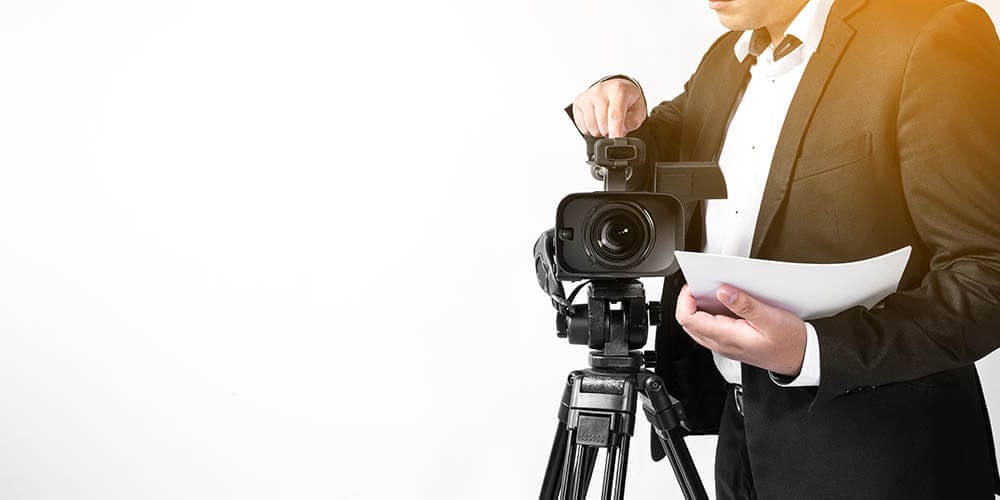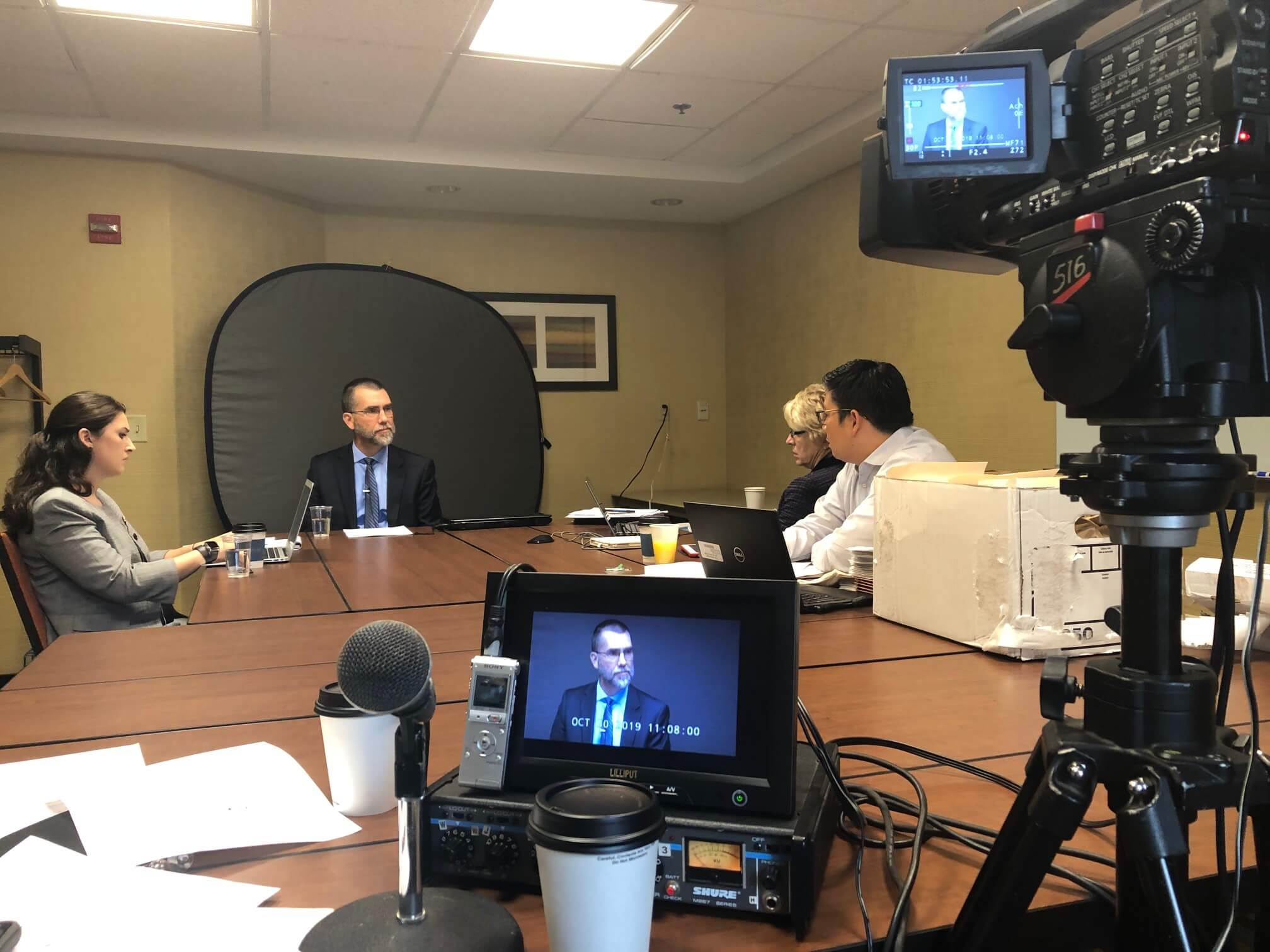Looking Into the Systems of Legal Videography: Unveiling Its Procedure in Safeguarding Genuine Aesthetic Testament for Judicial Process
In the realm of judicial procedures, the role of lawful videography stands as a cornerstone in preserving and providing visual evidence. As modern technology proceeds to advance, the devices behind legal videography have become progressively intricate, using an important layer of authenticity to statements recorded on video.
Historic Development of Lawful Videography
Examining the historical development of lawful videography exposes a substantial transformation in the catching and discussion of visual evidence within the legal landscape. In the past, lawful proceedings heavily relied upon composed photographs and transcripts to record occasions and provide evidence. Nonetheless, with the introduction of video modern technology, the lawful industry saw a standard change in exactly how visual testimony was caught and provided.
The advancement of lawful videography can be mapped back to the late 20th century when advancements in video clip recording tools made it extra accessible for usage in courtrooms. This technological improvement not just boosted the precision and integrity of visual evidence but also revolutionized the method situations existed to discretionary (Legal Videography). Lawyers began to identify the influential power of video clip recordings in sharing feelings, subtleties, and non-verbal signs that created photos or records alone can not catch successfully

Modern Technology Advancements in Video Documentation
What crucial technical advancements have changed video documents in the legal field? The legal area has seen considerable advancements in video documentation modern technology that have boosted the authenticity and integrity of aesthetic proof in judicial procedures.
In addition, innovations in video clip encryption and watermarking innovations have actually reinforced the safety and security and tamper-proof nature of video clip evidence, securing it versus unauthorized changes or meddling. Additionally, the development of cloud storage space solutions and remote access capacities has streamlined the storage, retrieval, and sharing of video proof, facilitating seamless cooperation among lawyers and ensuring effective accessibility to important aesthetic statements when required. These technical innovations in video clip documents have unquestionably changed the legal area, enhancing the accuracy, integrity, and admissibility of aesthetic proof in judicial procedures.
Role of Legal Videographers in Courtroom Settings
The advancement of video clip documents innovation in the legal area has required an essential role for lawful videographers in courtroom setups, making sure the stability and reliability of aesthetic testimonies presented during judicial process. Legal videographers play a basic function in capturing and maintaining exact visual proof that can be critical in court situations. Their duty prolongs to establishing devices, videotaping process, and creating high-quality video clips that accurately mirror the events in the court room.
Additionally, legal videographers usually work closely with legal teams to make sure that the video evidence lines up with the case's demands and can be successfully offered in court to sustain the lawful debates being made. In general, the function of legal videographers in court settings is important in promoting the concepts of justice and making certain the openness of lawful process. Legal Videography.

Ensuring Admissibility and Honesty of Video Clip Proof
To preserve the integrity of visual proof provided in lawful procedures, making sure the admissibility and integrity of video clip proof is a crucial obligation for lawful videographers. Admissibility refers to the acceptance of proof by the court, and for video clip proof to be permissible, it needs to meet certain requirements. Lawful videographers play an essential function in making certain find more info that the video clips they record abide by the guidelines of evidence, such as importance, integrity, and credibility.
Honesty of video clip proof entails preserving the originality and accuracy of the video footage from the time it is useful source tape-recorded until it exists in court. This consists of safely keeping the video files, documenting the chain of custody, and protecting against any kind of meddling or modifications. Lawful videographers need to follow stringent procedures to guarantee the honesty of the video evidence and stop any kind of difficulties to its authenticity.
Future Trends in Legal Videography
Given the boosting reliance on innovation in legal proceedings, legal videographers are poised to welcome cutting-edge advancements forming the future of visual testament capture and discussion. One of the prominent fads coming up is the assimilation of online reality (VR) and boosted truth (AR) innovations right into lawful videography. These technologies have the possible to revolutionize how visual evidence exists in courtrooms, enabling juries and judges to submerse themselves in the scene of the crime or case.
Additionally, using expert system (AI) formulas for video clip analysis is anticipated to simplify the procedure of examining and evaluating big amounts of video footage. AI can help in recognizing crucial moments, anomalies, and patterns within video clips, enhancing the performance of lawful investigations.

Final Thought
To conclude, lawful videography has played a critical function in giving genuine aesthetic evidence for judicial proceedings. Through technical improvements and the competence of legal videographers, the honesty and admissibility of video proof are guaranteed in courtroom settings. As legal videography remains to advance, it will certainly be important to copyright standards that maintain the accuracy and reliability of aesthetic testimony for the future of lawful procedures.
Taking a look at the historic progression of lawful videography exposes a considerable transformation in the capturing and discussion of aesthetic proof within the lawful landscape.The evolution of video documentation modern technology in the legal field has necessitated an important duty for lawful videographers in courtroom settings, guaranteeing the stability and integrity of aesthetic statements provided during judicial proceedings. In addition, legal videographers usually function closely with lawful groups to guarantee that the video clip proof lines up with the instance's needs and can be properly presented in court to sustain the lawful arguments being made.To preserve the trustworthiness of aesthetic proof provided in lawful proceedings, ensuring the admissibility and stability of video evidence is an important responsibility for legal videographers. As legal videography proceeds to advance, learn this here now it will certainly be crucial to copyright criteria that maintain the accuracy and reliability of aesthetic testimony for the future of lawful process.